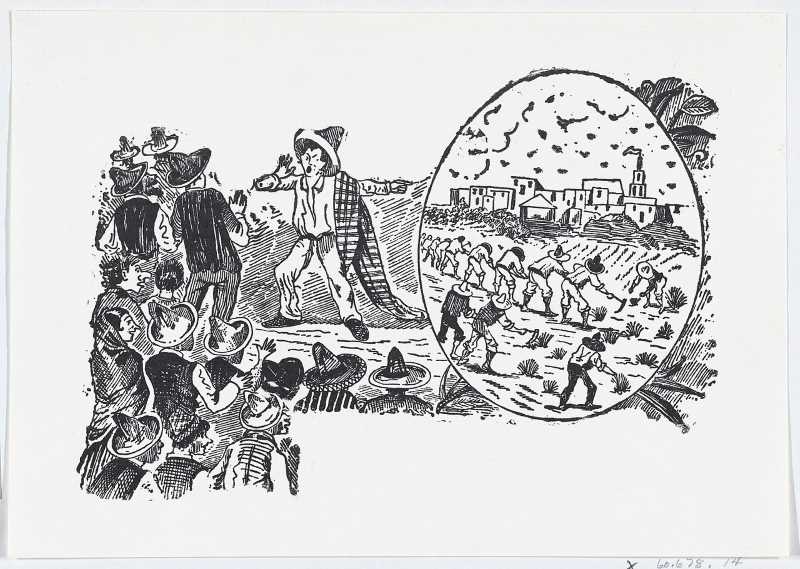Islas Marías Semi-Freedom and the Ghosts of Laguna 'El Toro'
Islas Marías is an island of haunting contradictions. Imagine a prison where inmates live in “dignified small departments,” farm, fish, and even have their families move in—almost a utopia confined. But there's a dark underbelly: Laguna “El Toro,” a facility for 'highly dangerous' inmates.

When the words “prison island” are uttered, one's mind may conjure images reminiscent of the notorious Alcatraz or the grim Devil's Island. But the Islas Marías off the coast of Mexico offer a different narrative, marked by stark contrasts that speak volumes about the evolving ethos of incarceration and human rights.
In one part of the island, you'll find a bastion of semi-freedom, where inmates and their families live and work together, a radical departure from traditional penitentiary practices. In another, you'll encounter the ghostly remnants of Laguna “El Toro,” a facility that once held “highly dangerous” inmates under conditions that could only be described as hellish.




